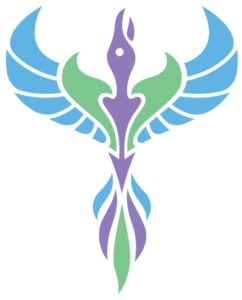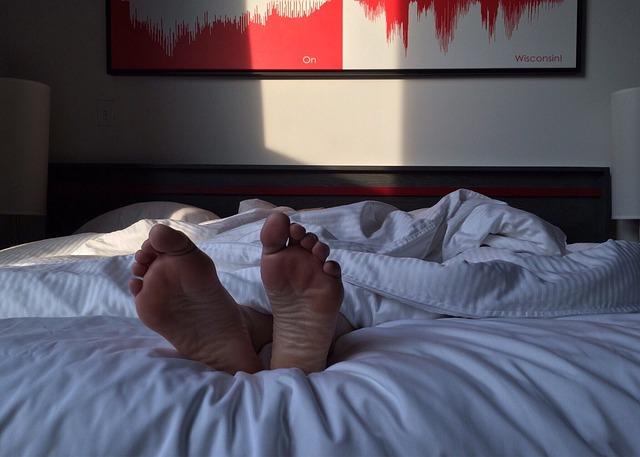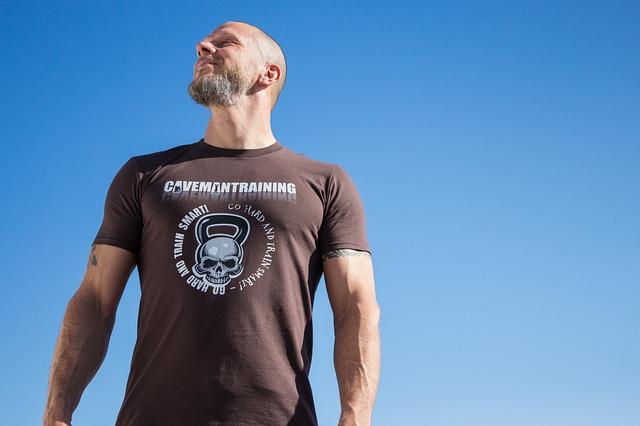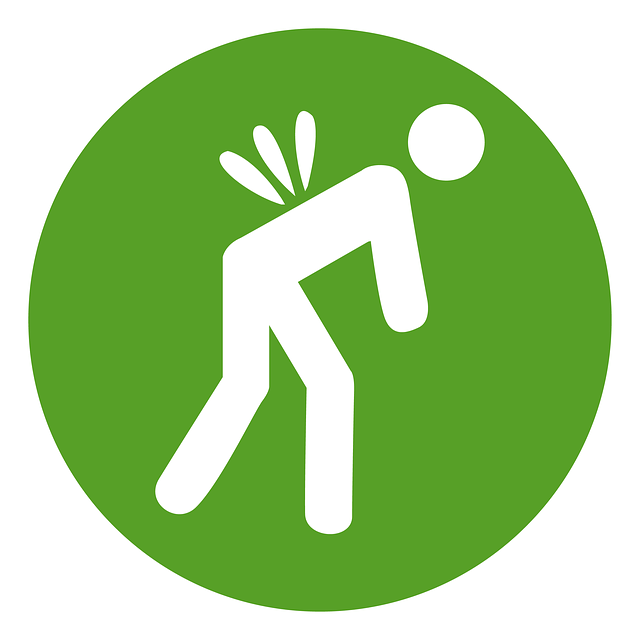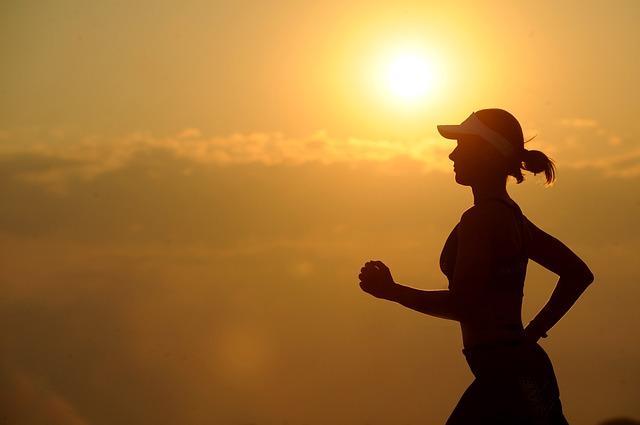Posts Tagged ‘chiropractic’
The Way You Sleep Affects How You Sleep
Why is sleeping with poor posture harmful
Poor sleeping posture would like something like sleeping on your stomach After a night of this posture, the spine is likely to become misaligned and you are likely to experience a day of dull aching in the lower back. And while we can’t convince all stomach sleepers to flip onto their backs, there are steps you can take, like using a support pillow under the abdomen to prevent the spine from reversing its normal curvature.
Take control of your sleep life
If you are interested in flipping the script and making good sleep posture your norm, give our office in Park Slope a call to schedule an appointment today. We can help resolve pre-existing pain that is caused by vertebral misalignment so that you can sleep more soundly.
Why Athletes Should Care About Asymmetry
Athletes care about balance
So what does a balanced body look like? From a physical standpoint, it means that your body is in equilibrium- that unquantifiable state of being in which the different parts of your body work together in perfect harmony to support one another and distribute pressure equally. Even the least active person in the world is going to incur some pressure throughout the day, (chiefly through sitting, one of the hardest positions on the human body); a balanced body ensures that your likelihood for injury is at a minimum and your ability to perform your best is maintained. And of course, a balanced body begins with a properly aligned spine.
Asymmetry in the body sets the stage for injury
So what happens when your spine falls out of alignment? Asymmetry is a common result- one side of the body different than the other which usually translates to one side of the body incurring more pressure than the other. There are many factors that pull your spine out of alignment, including the presence of muscle tension, reduced mobility or pain that causes you to favor one side over the other.
How does chiropractic address asymmetry and maintain balance in Park Slope
We start with a comprehensive physical examination to determine whether asymmetry is affecting your muscular development or if subluxation is hindering your physical development in any way. Using chiropractic adjustments, we restore alignment to the spine, increase range of motion and reduce pain. If you have tight muscles that are creating a pull on the body, we use modalities such as trigger point therapy and active release technique to release soft tissues from tension.
Combating Scar Tissue Build-Up for Athletes
What happens when scar tissue builds up?
When soft tissues are damaged, whether due to acute injuries such as pulls, tears and strains, or due to repetitive trauma such as the accumulation of small tears in the muscle, scar tissue is a natural side-effect. Scar tissue forms in response to these injuries as part of the normal healing process- it is unavoidable.
The problem is that this new scar tissue is tougher and denser than what came before- it can bind to healthy tissue and create an epicenter of tightness that will make it diffult to move without pain. Scar tissue can even trap a nerve, leading to feelings of numbing and weakness that can be scary for athletes who are used to having an elevated range of motion.
What can athletes in the Park Slope area do about scar tissue build up?
While scar tissue is an unavoidable byproduct of healing, there are steps you can take to minimize it. While it is prudent to avoid stretching the injured region so as to avoid creating tension surrounding the injury, it is important to return to a full schedule of movement as soon as possible after an injiury. This helps to prevent excessive scar tissue from forming.
How can we help athletes in Park Slope minimize scar tissue and maximize their performance?
At our office in Park Slope, we offer services such as the Active Release Technique which seeks to facilitate the mobility of soft tissue after injury. This is an instrument-assisted adjustment that increases blood flow, decreases scar tissue and helps to improve range of motion following injury. Hands-on techniques including massage are also helpful for penetrating the soft tissue and encouraging a faster healing process with less scar tissue.
How we Help Athletes Reach their Goals
Chiropractic can be an important component of any athlete’s health plan
No matter what your sport or level of intensity, the human body can only take so much. Whether due to acute injury or repetitive trauma, the body is likely to take on strain and stress that result in pain. Listening to your body is an important part of preventing this pain from becoming somethine more serious. At our office in Park Slope, we help athletes stay on top of their pain and optimize the nervous system so that they gain an edge in competition.
Staying ahead of the competition with chiropractic care
- Mitigating the trauma: every sport has a unique set of demands for your body. We monitor the musculoskeletal health of your body as it goes through the different phases of development and specialization inherent in yours.
- Improving circulation: oxygenating muscles and facilitating the removal of waste products like lactic acid help your muscles repair and rebuild faster; it also brings nutrients to areas that are in need of repair.
- Protecting range of motion: alleviating nerve compression helps you feel less pain and move more freely.
- Preventing pain: by ensuring your body is balanced before your workout, we prevent injury from occuring to the joints, muscles and nerves that come under duress during workout.
Chiropractic for athletes in the Park Slope neighborhood
Chiropractic directly impacts athletic performance, making it a viable choice for athletes of all styles and abilities. If you are interested in learning more about how chiropractic can help you in your athletic life, give our office in Park Slope a call to schedule an appointment today.
Surviving Sciatica with the Cox Technique
The Cox Technique offers natural pain relief for people suffering from sciatica
When it comes to dealing with the debilitating and annoying pain of sciatica, many people have found relief with the Cox Flexion Distraction technique. Using a specialized table, which can be moved and adjusted to account for your specific condition, we put you in a position of comfort that relieves pressure from the back and neck. Once we have established a relaxing position, we perform low-force adjustments with the goal of creating a vacuum effect in the affected region. In the case of a herniated disc impinging on the sciatic nerve, the bulging material will retract into its original place and stop causing sciatic nerve pain.
Cox Flexion Distraction technique in Park Slope, Brooklyn
The Cox technique is an important part of the natural pain relief that we offer at our office in Park Slope. If you are interested in finding out how Cox Flexion Distraction can help you overcome sciatic nerve pain, give our office a call to schedule an appointment today.
How to Boost Athletic Performance with Acupuncture
Acupuncture is deservedly carving its name into the fabric of athletic performance
Yes, acupuncture is a safe and natural treatment, but it is also effective, and this is why its use is growing on professional sports circuits around the globe. Athletes are using acupuncture to improve performance in the following ways:
- Reduces swelling
- Manages pain
- Increases flexibility
Because of its role in supporting optimal wellness, acupuncture fits hand in hand with an athlete’s pursuit of specialization and fitness in a given sport.
Individualized acupuncture to help athletes in Park Slope, Brooklyn
At Community Chiropractic and Acupuncture, our acupuncture treatment is personalized to the individual- given the unique demands of your sport, your level of fitness and physical condition, as well as any ongoing concerns you have regarding pain and range of motion, we customize an acupuncture plan that will work for you.
Acupuncture offers sustainable pain relief
While taking drugs is effective at masking pain, the way it lets you down is by not seeking out the cause of the pain. Acupuncture stimulates your body’s ability to heal itself; when the needles are inserted your body releases endorphins, a natural painkiller, that stimulates pain relief instantly and lasts for a long time. Furthermore, acupuncture decreases inflammation and swelling and helps to improve flexibility, helping you get back on the field faster.
Acupuncture for athletes in Park Slope, Brooklyn
If you are interested in finding out more about how our acupuncutre treatment can help you perform better, give our office a call to schedule an appointment today!
What Time of Day is Best for Working Out?
The real debate should be: what time suits you best for working out?
Whether you feel the motivation first thing when you step out of bed or need a workout to wind down after a day’s work, whatever way works for you is the right way! However, it is always worth noting the advantages of each time in case you are considering changing your routine. You can also adjust your workout time to match your motives: do you want more muscle? or to lose more weight? Read on to find out when the best time is to do each.
Working out in the morning vs. afternoon
- Morning: attention weight watchers! A morning workout has been shown to curb appetite which means that not only are you burning calories but also limiting their intake, a big boost for your caloric balance. Furthermore, the less food you have in your stomach, the more body fat is burned during a workout. Sticking to your workout schedule is made easier in the mornings because it is less likely to conflict with other social engagements and you haven’t corroded your willpower after a long day at work.
- Afternoons offer the chemical advantage for working out. Stress hormones (which aid in fat storage) are lowest and testerone (important for muscle growth) is highest in the afternoon. Your body temperature, and thus muscle temperature, is higher meaning that you are more flexible and you may take more out of each workout. Furthermore, you performance will be at its peak because heart rate and blood pressure are low and your brain is sharp for enhanced reaction time.
The takeaway from working out in the morning vs. afternoon
Some people would look at this and say there is a clear chemical advantage working out in the afternoon. While this may be so, a morning time routine can be more effective if it fits your lifestyle better. We can help get your body in conducive shape to reap the benefits of a workout no matter what time of day you think is best. Give our office in Park Slope a call to schedule an appointment today.
Dr. Karen Thomas, D.C.
Are you Neglecting your Lower Back Muscles
Even the most conscious gym-goers can neglect important muscles
Case in point: the muscles of the lower back which are often neglected during people’s pursuit of the “mirror muscles-” abs, biceps and pecs that make you look attractive but leave you short on stability. Building a great body means building balance, and the muscles of the lower body are essential for stability and spinal health. What’s the point of looking great or having a lot of muscle if the most crucial structures of your body can’t bear the load that this extra muscle brings on? Here are three new sets of muscle to focus on during your next gym session:
- Extensors: posterior muscles which allow for lifting and standing. Among them is the erector spinae which allows the spine to stand straight.
- Flexors: attach to the front of the spine and allow for flexing, bending and lifting.
- Obliques: attach to the side of the spine and allow for rotation.
All these muscles work together to help you maintain proper posture, which is the first pitfall of not training them- it makes posture all the more difficult. From here, the problems compound, especially when you are asking your lower back to bear more strain as you scale up your ab routine.
Neglecting your lower back no longer
There are many exercises and stretches which can be easily learned and quickly added into your routine to ensure that you are rounding out your exercise and contributing to spinal health. After all, these are the muscles that matter most for the longevity of your body. Chronic pain, postural problems and degradation of the spine can all be prevented by paying attention to the conditioning of the lower back muscles. To resolve pain in the lower back, establish good posture and restore spinal balance, give our office in Park Slope a call to schedule an appointment today.
Dr. Karen Thomas, D.C.
Putting a Needle in Period Pain
Acupuncture is a powerful tool for women’s health
To demonstrate this point, let’s take a look at the efficacy of acupuncture when it comes to treating something common during the days leading up to and during a period: cramps. Scientifically known as dysmenorrhea, pain during menstruation does nothing more than add to the stress of your period. Pain is most often experienced in the lower abdomen, pelvis and lower back, and generally responds well to pain relieving medication. However, some women look for a more natural way to deal with menstrual cramps and acupuncture is a great way to do this.
How acupuncture works to treat menstrual pain
By freeing the body from stagnation, acupuncture encourages your blood to circulate smoothly, reducing pain from cramps and headaches. When combined with simple stretching that focuses on the abdomen, hip flexors and lower back, you can effect great improvements with pain relief without reaching into the medicine cabinet.
Your acupuncture specialist in Park Slope
Acupuncture can add another dimension of effective and natural support for many women’s health issues including:
- Menstrual pain
- Infertility
- Pregnancy and postpartum life
- Menopause
- Endometriosis
We are proud to be a resource for women’s care in the Park Slope area. If you are looking for an alternative from traditional western approaches to your particular issue, give our office a call to schedule an appointment today.
Dr. Karen Thomas, D.C., L.Ac.
Are you Leading a Pro-Inflammation Lifestyle?
Inflammation is an individual struggle
As we age, our bodies will face their fair share of degradation and, for many of us, this will include a modicum of painful inflammation; this is a reality of nature. What is not inherent in nature is the choices we are making as a society and on an individual level that actually encourage inflammation when it doesn’t need to be there. Obesity and diabetes are the current epidemics of our age and the kind of diets that contribute to those conditions are the ones that are sure to contribute to inflammation as well.
Take stock of your habits to see if you are living a pro-inflammation lifestyle
Below you will find factors that contribute to inflammation, but only those that are within your control; genetics, autoimmune diseases, virus and injury are not included.
- Smoking
- High-sugar foods: raise the presence of an inflammatory markers called cytokines
- Saturated fats: increase adipose (fat tissue) inflammation and can simultaneously affect chronic or acute inflammation
- Too much stress and too little sleep: raise your level of cortisol, a stress hormone which is linked to inflammation.
- A sedentary lifestyle: When your muscles move, they produce anti-inflammatory substances; if you’re not moving, this isn’t happening for you.
How we help reduce inflammation in Park Slope
Chiropractic targets inflammation at the source: when joints are misaligned, inflammation is never far behind. When a joint remains misaligned, and inflammation is allowed to subside, it can create pain in the affected area. Correcting misaligned joints and reducing inflammatory cytokines are two key ways that chiropractic helps reduce the presence of inflammation. Give our office a call to schedule an appointment and start turning around a pro-inflammatory lifestyle today!
Dr. Karen Thomas, D.C.
